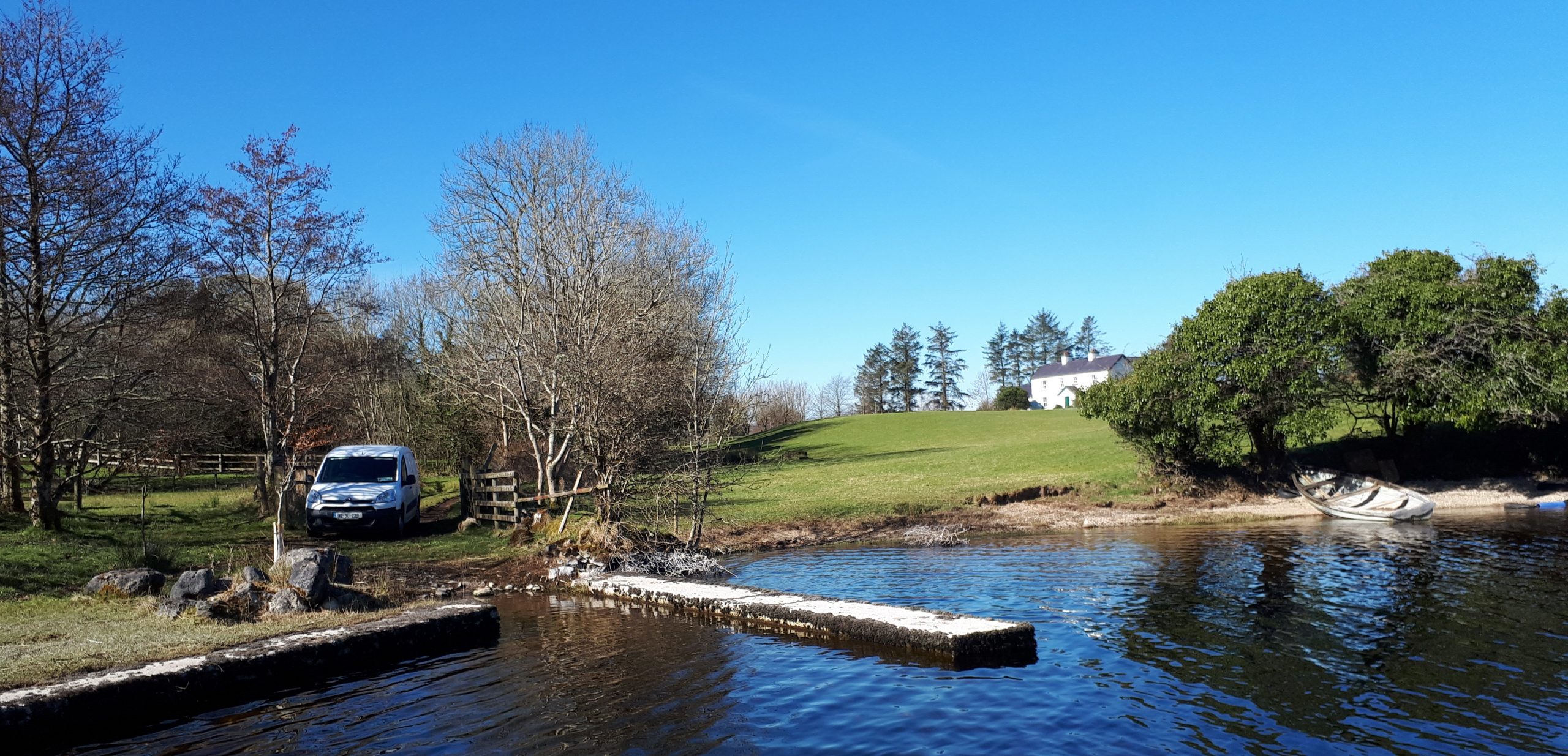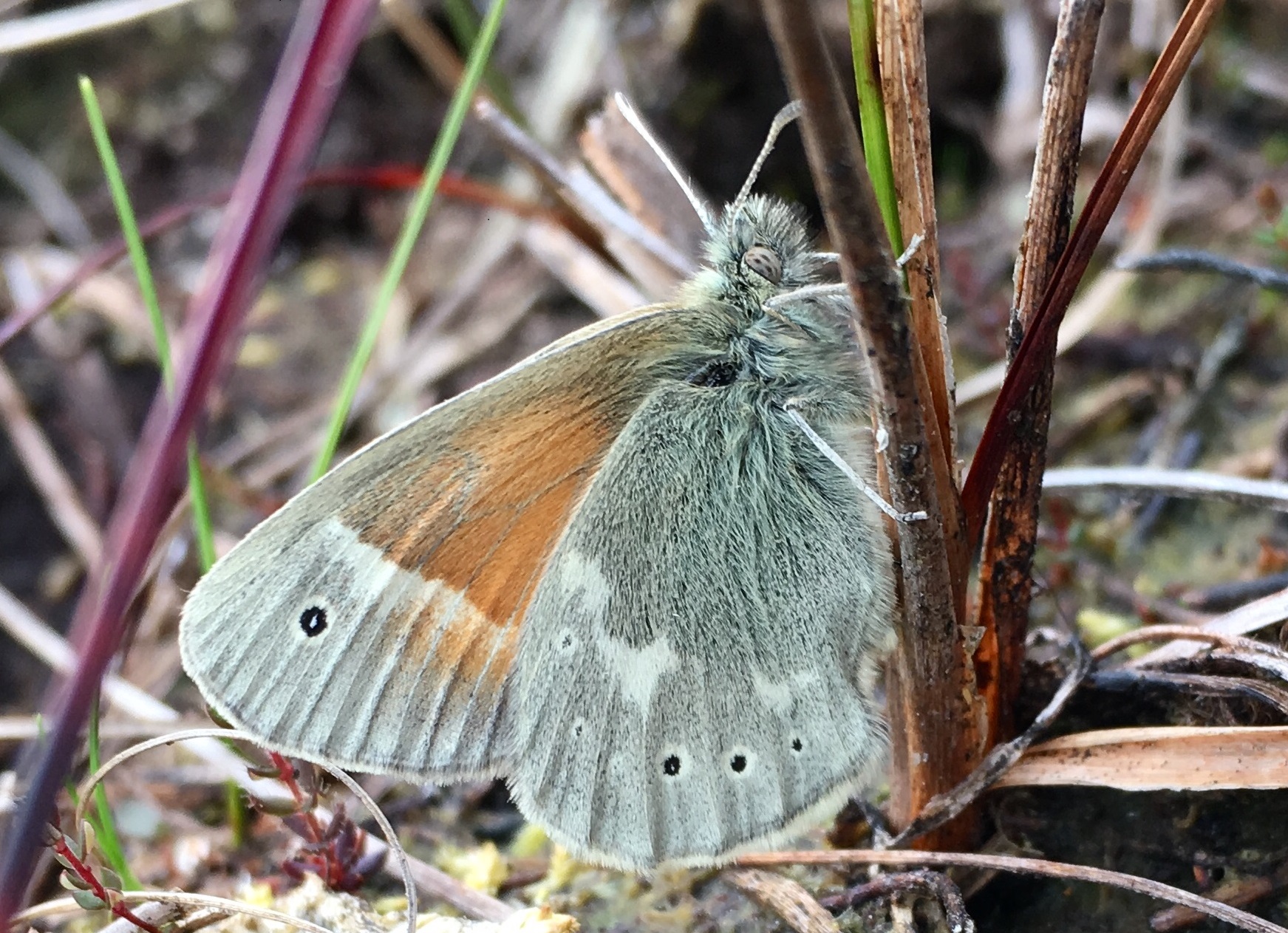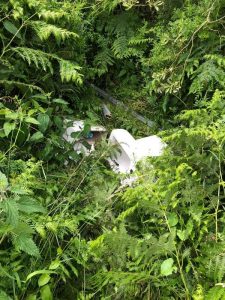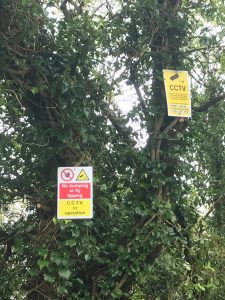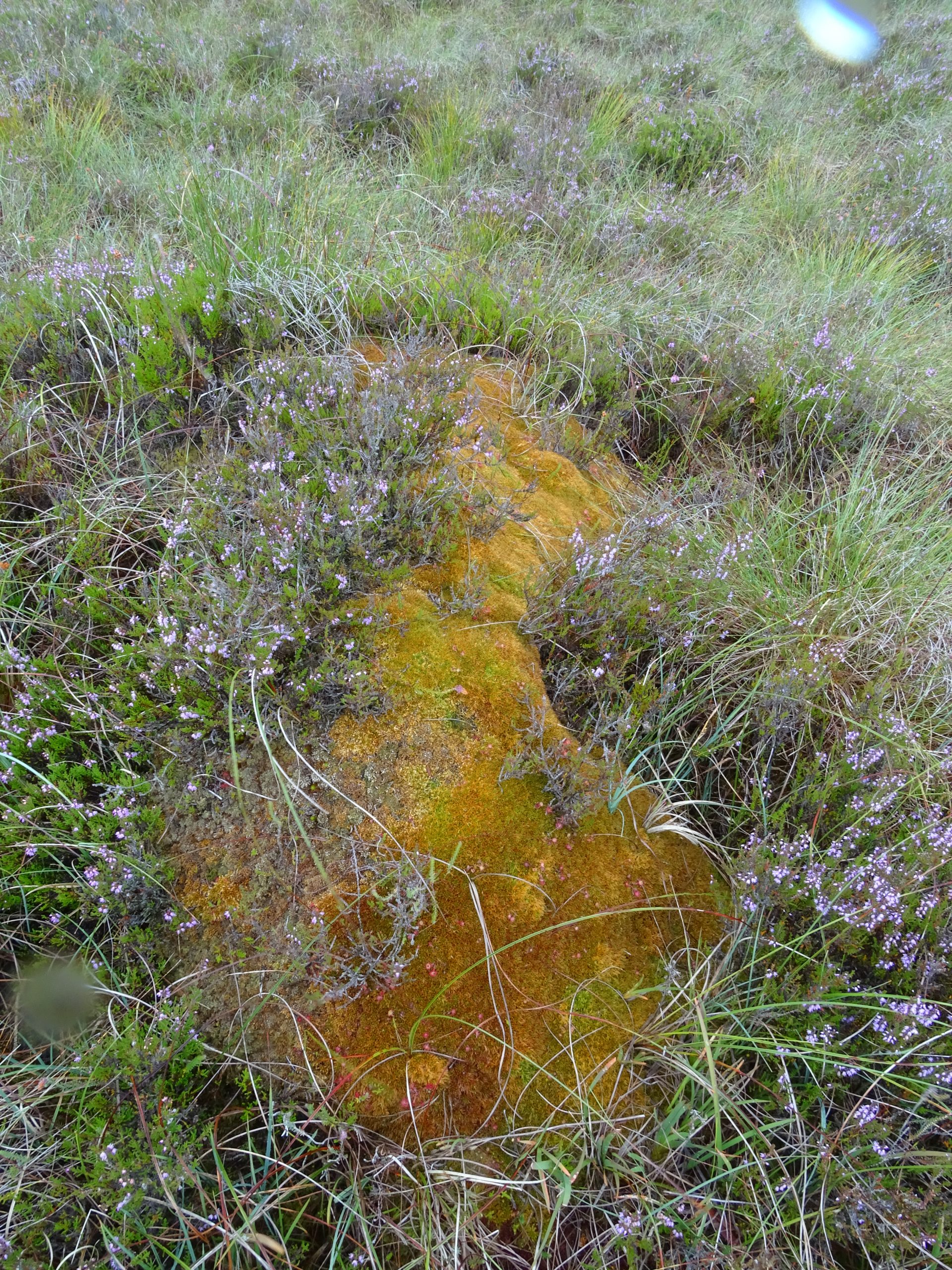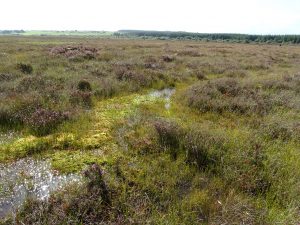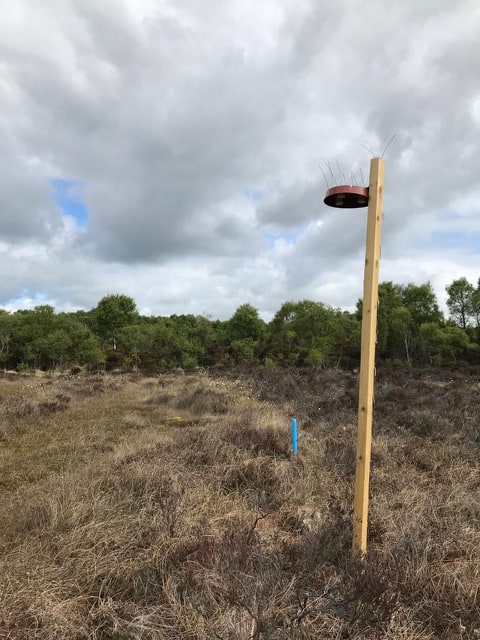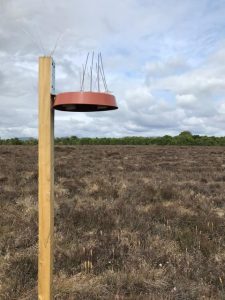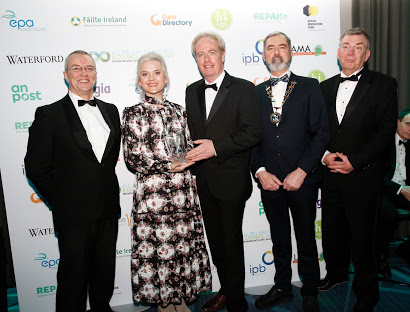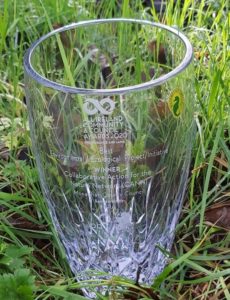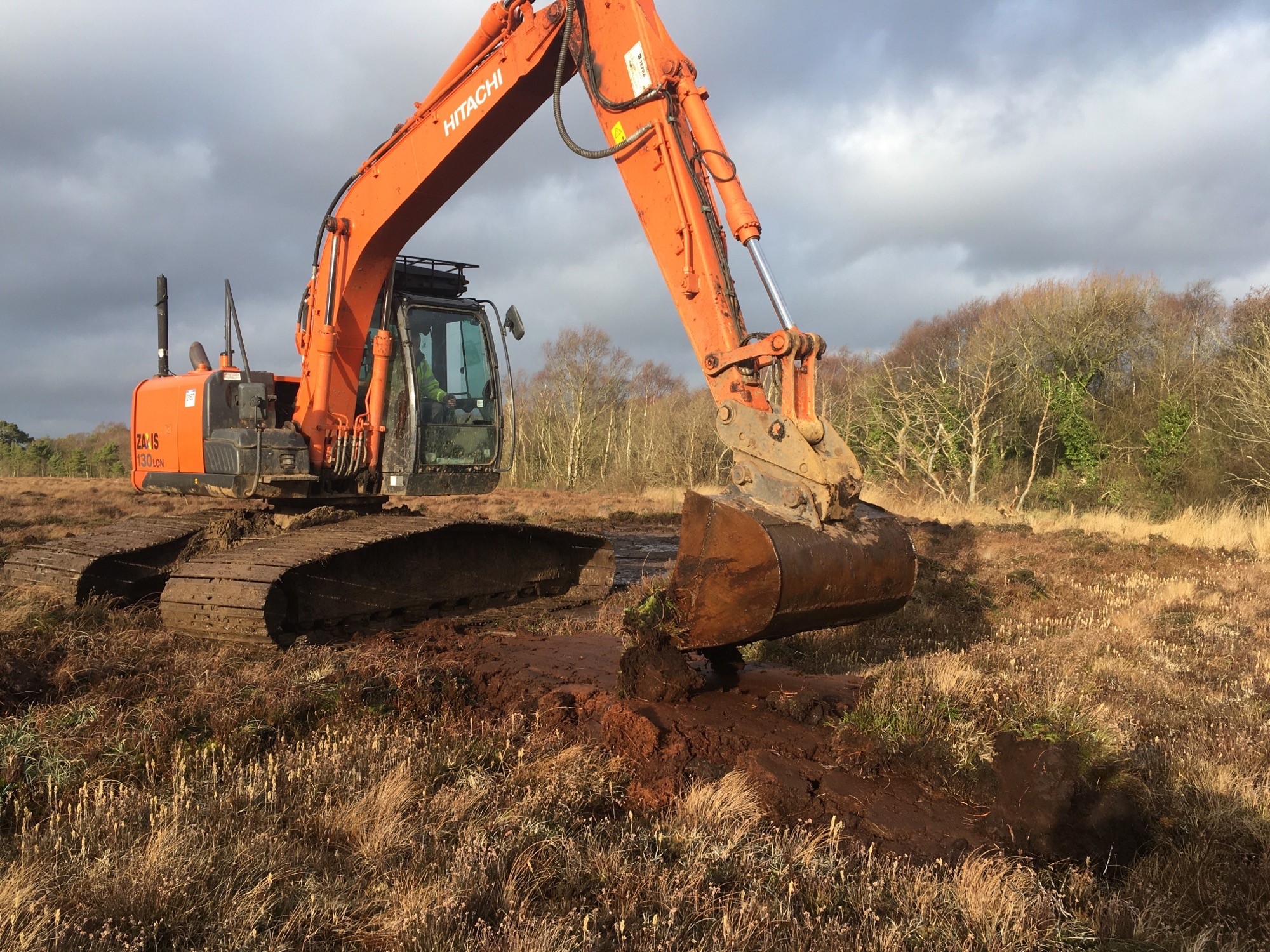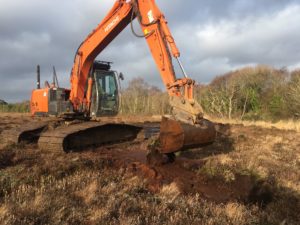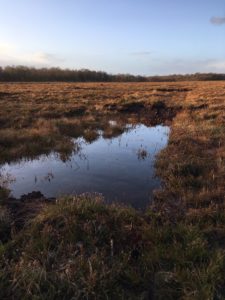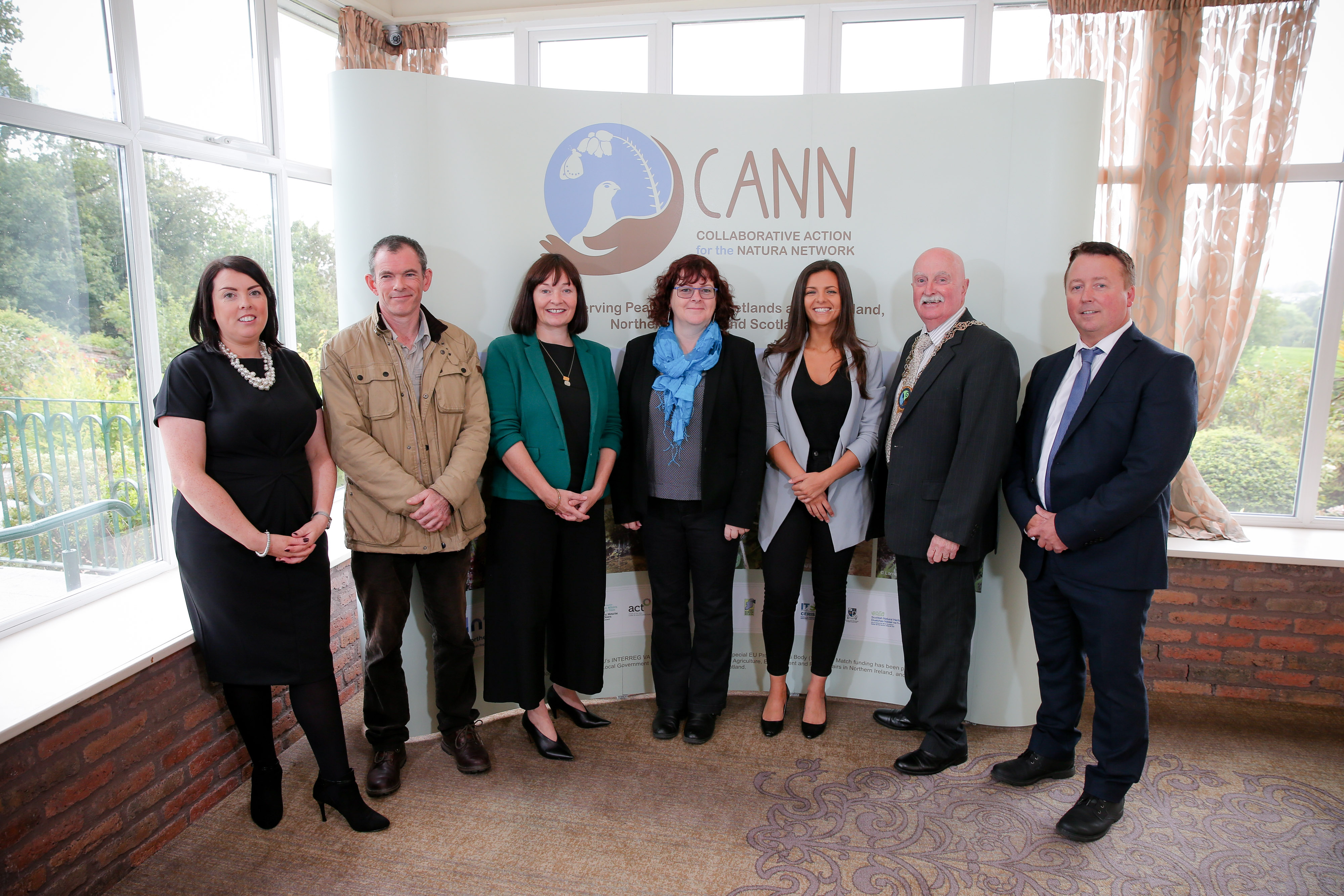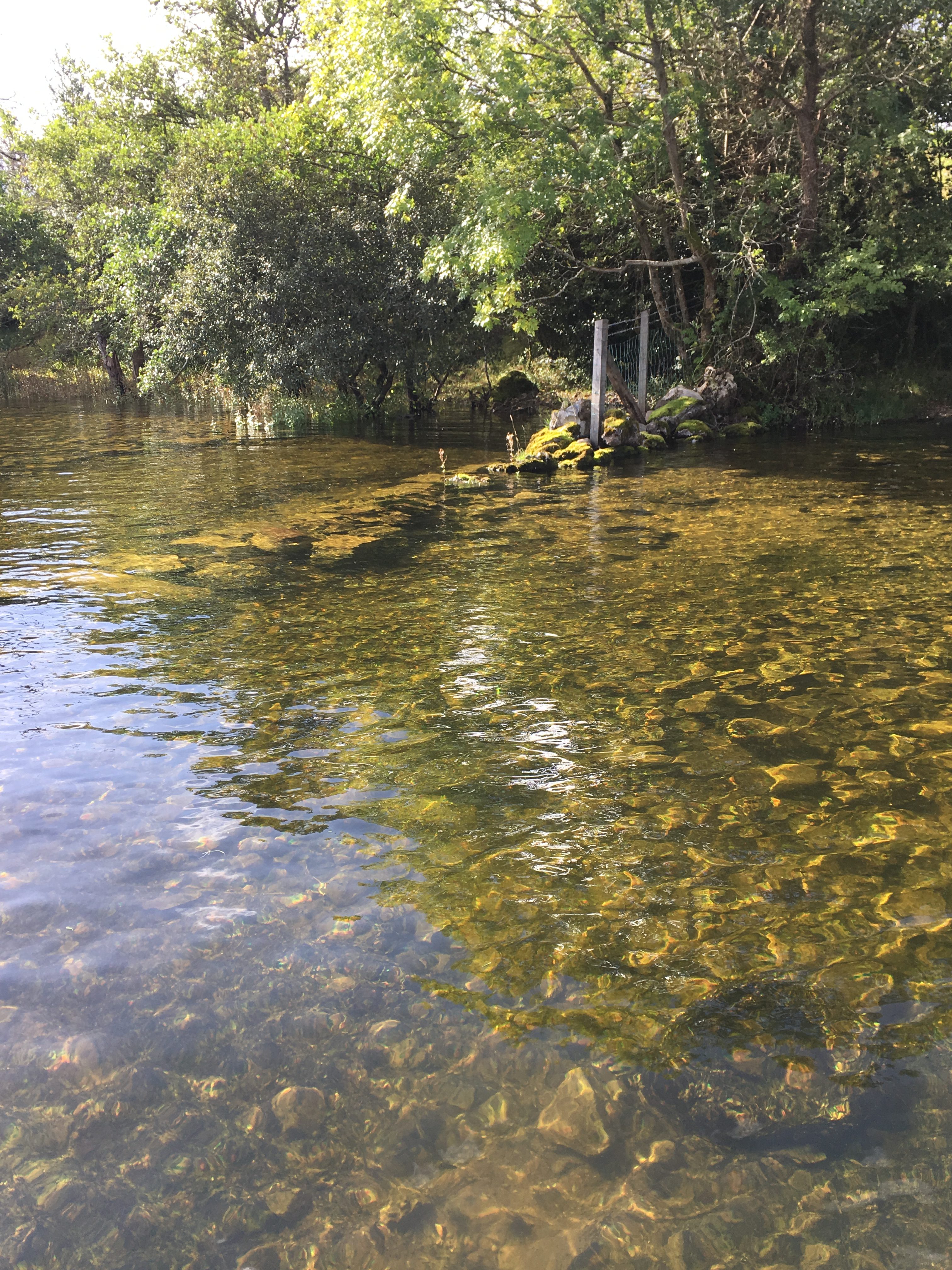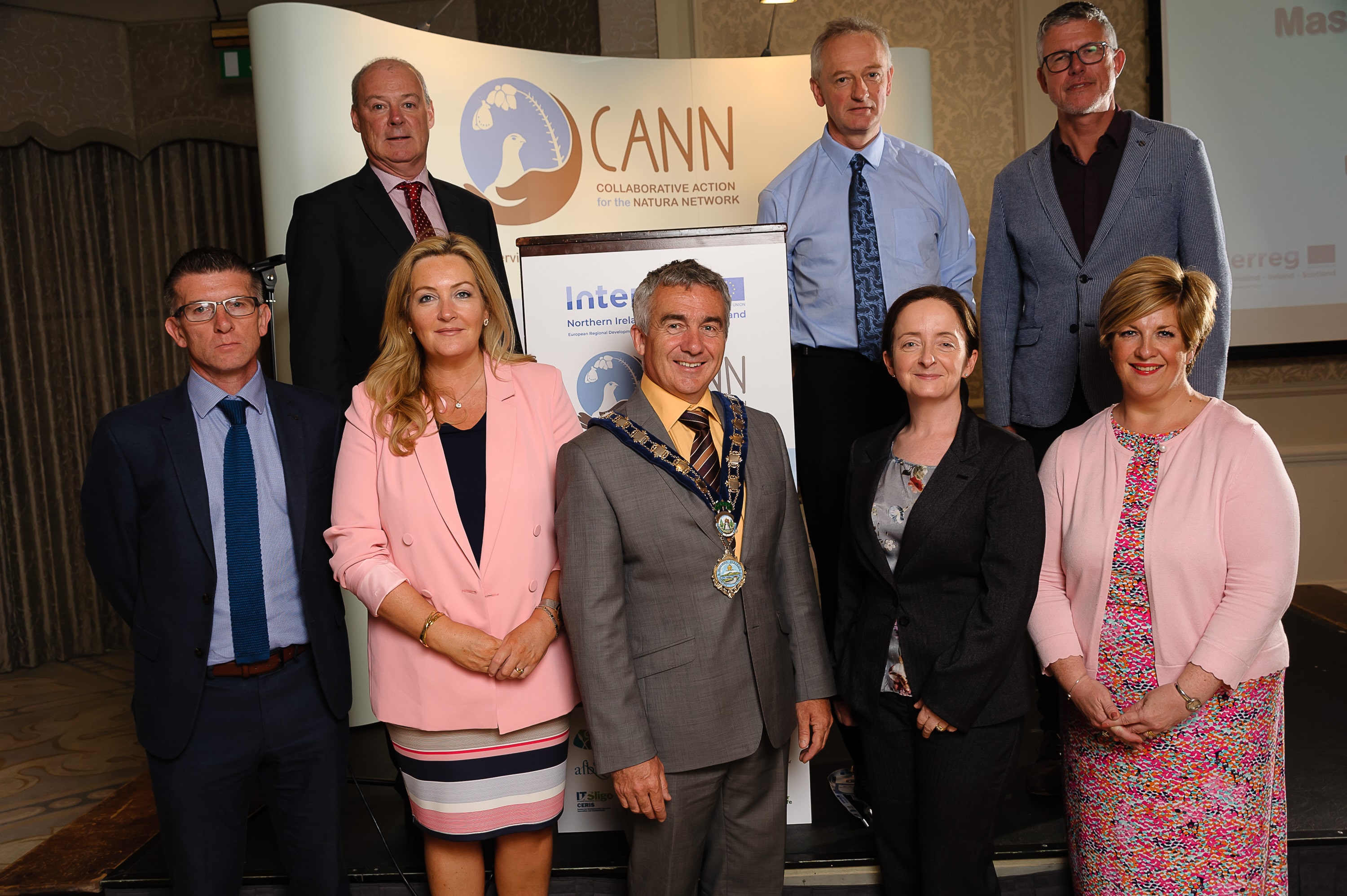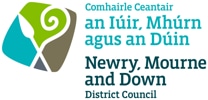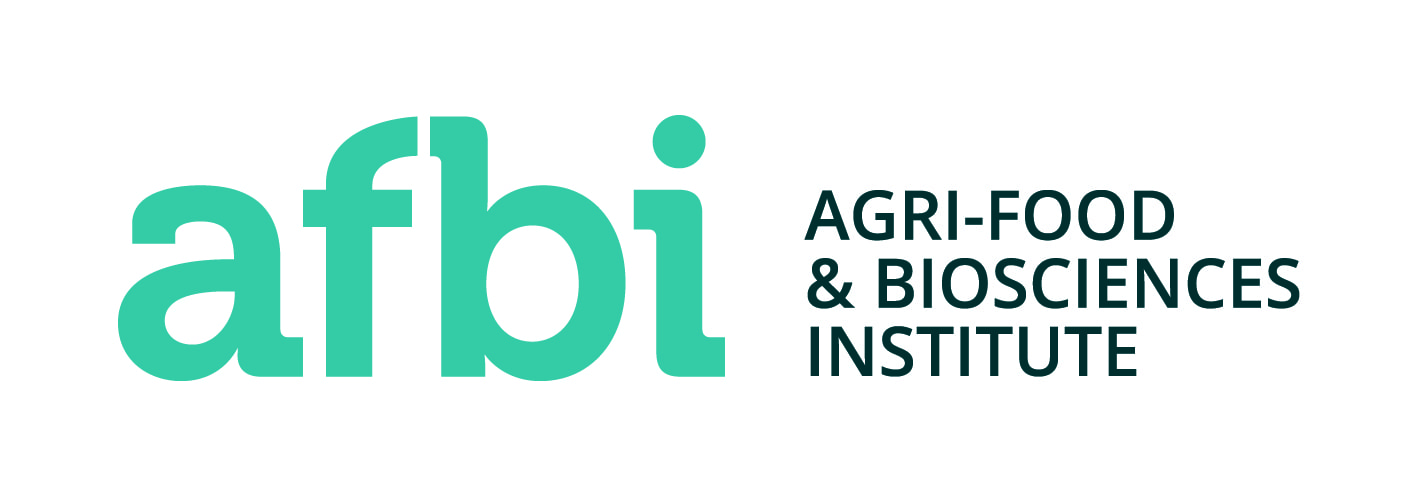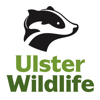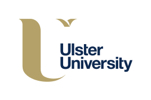Specialist jute matting has been laid on the bottom of Lough Arrow to conserve valuable biodiversity and help local anglers reach the trout for which the lough is famous, without their engines and oars getting tangled in fast-growing dense mats of alien invasive Nuttall’s Waterweed (Elodea nuttallii).
Scientists from CANN partners, IT Sligo, and INVAS Biosecurity who are specialists in the control of alien invasive species, have come together to lay jute matting as a carpet on the bottom of Lough Arrow. This carpet of jute will block the light from the Elodea, but the native carpet of charophytes or stoneworts will be able to grow through its loose weave and flourish to provide feeding and breeding places for the trout and the insects they feed on.
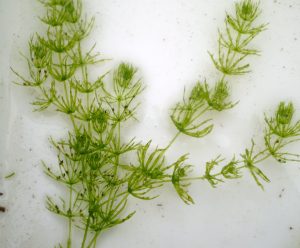
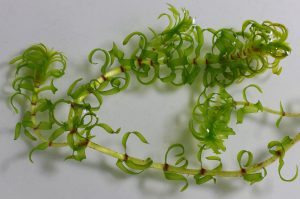
“Elodea nuttalli arrived on Lough Arrow sometime after 2010 and quickly spread in the shallower water where it blocks out light from the delicate and unique charophytes” said Dr Frances Lucy from IT Sligo who leads the CANN team on Lough Arrow
“The weed kills the native freshwater reef of stoneworts which provide food and shelter for wildlife. There is also a very strong chance that weed caught in boat engines or equipment can transfer to other water bodies, Now the CANN project funded by the EU’s INTERREG VA Programme, through the Special EU Programmes Body (SEUPB) has allowed us to actively manage this invasive weed and help prevent it spreading” she continued
A trial was carried out on the lough two years ago and was so successful that a full 80m length mat, 20m wide has now been laid extending out from the main launch area to the deep clear Elodea-free fishing grounds. The weed clear path is marked with navigation markers to make it easy for the anglers to use.
Anglers have also been provided with sanitation stations to help them clean their equipment and are being asked to follow the Elodea Code
- Check equipment, clothing and footwear
- Clean everything thoroughly, using hot water where possible
- Disinfect all equipment using Virkon ® Aquatic
- Dry everything as some alien species can live for two weeks in damp conditions
- Follow the buoys when launching and landing

